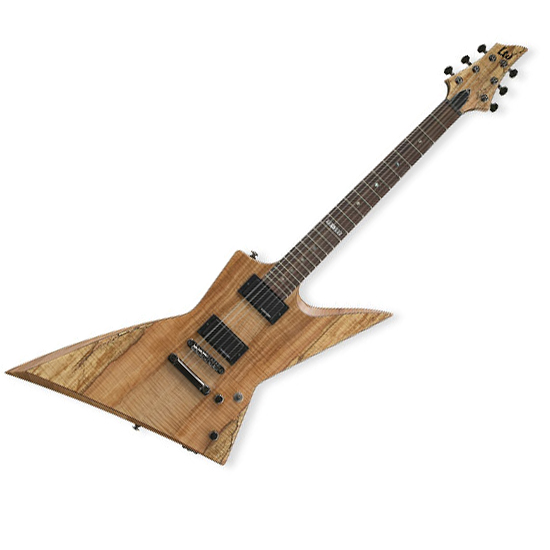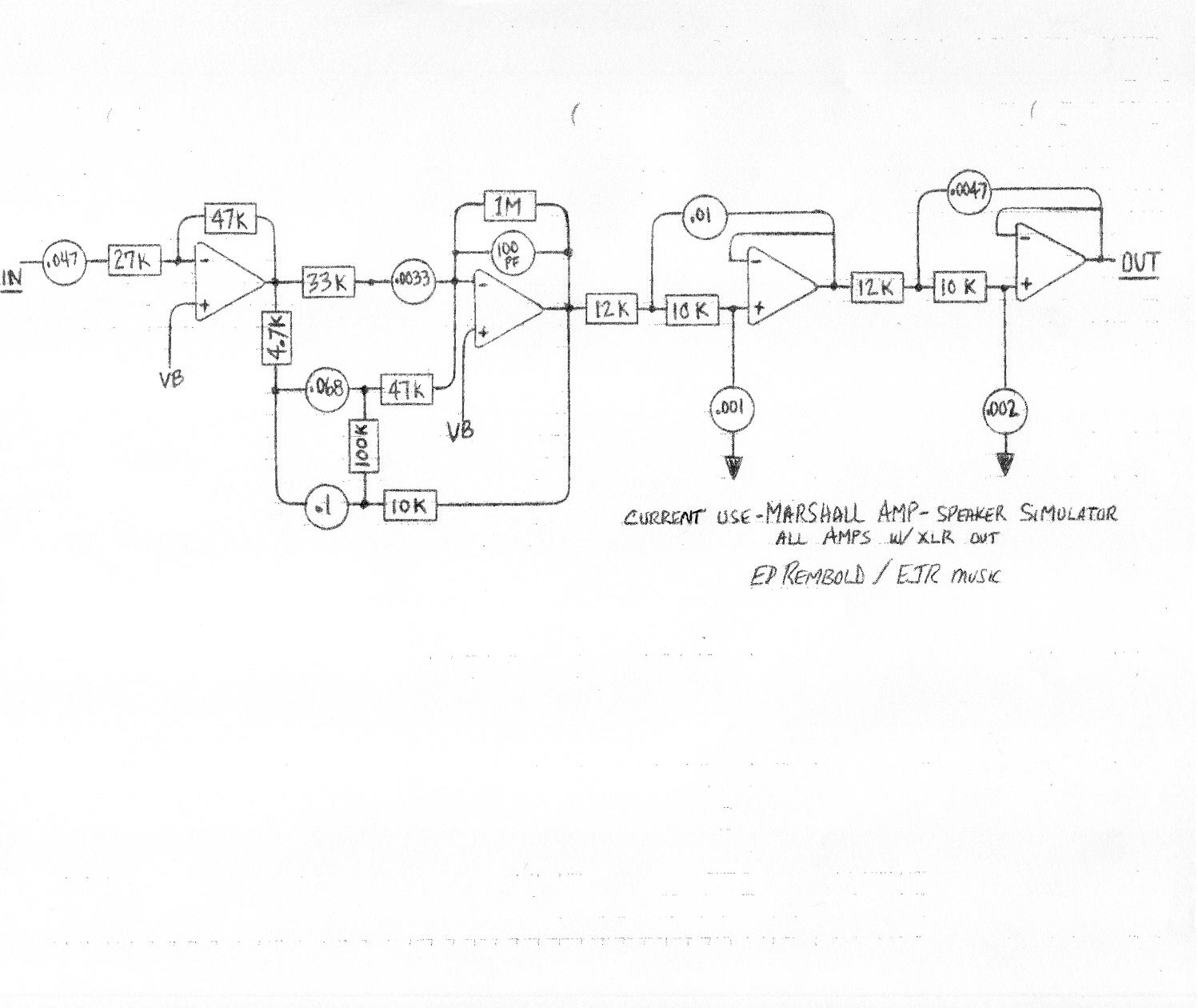Thanx Phatt, will keep an eye out. 
Right now i'll just go with the cabsim + tone stack i built while working on the gain stages and experimenting, later on however i will explore those parts a little deeper, right now i just needed something that worked while working on the basic parts of the preamp.
Project update:
Built a voltage doubler and hooked up a dual gang Pot to let me tune voltage between 1.5-12v from some scrap parts (well, the pot + capacitors atleast). Waiting for a LM337 to arrive so that i can complete and test it, Also found yet another AC-AC adaptor (15 VA) while searching my electronic recycling plant (Or as my girlfriend calls it, the basement, good backup in the case my 12 VA adaptor doesnt pull it off. Unless i get the awaited LM337 tomorrow i'll probably make a small voltage monitor using a pic + lcd display for the circuit. Easier tuning in voltage in a visual way than using a manual voltmeter.

Right now i'll just go with the cabsim + tone stack i built while working on the gain stages and experimenting, later on however i will explore those parts a little deeper, right now i just needed something that worked while working on the basic parts of the preamp.
Project update:
Built a voltage doubler and hooked up a dual gang Pot to let me tune voltage between 1.5-12v from some scrap parts (well, the pot + capacitors atleast). Waiting for a LM337 to arrive so that i can complete and test it, Also found yet another AC-AC adaptor (15 VA) while searching my electronic recycling plant (Or as my girlfriend calls it, the basement, good backup in the case my 12 VA adaptor doesnt pull it off. Unless i get the awaited LM337 tomorrow i'll probably make a small voltage monitor using a pic + lcd display for the circuit. Easier tuning in voltage in a visual way than using a manual voltmeter.




 )
)